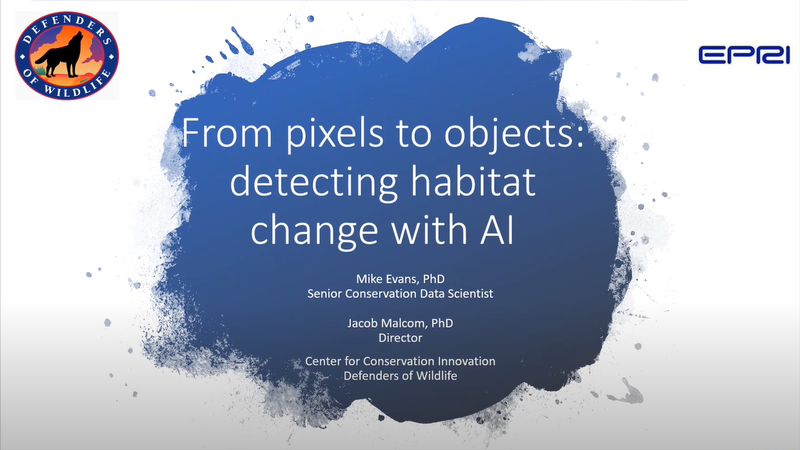


Inadequate monitoring is all too often a weak link in environmental protection and conservation. Keeping up-to-date with the status of protected areas and compliance with conservation laws and agreements requires approaches that are extensive, frequent, and passive in order to detect changes or violations. Fortunately, the fast-growing development of deep learning models and availability of satellite imagery has created new possibilities for environmental monitoring and protection. We have been building analytical pipelines and tools that automate the detection and delineation of anthropogenic land cover change in Sentinel-2 satellite images. These began with algorithms that looked for changes in each pixel of an image and have evolved to use cutting edge techniques in deep learning and computer vision to identify man-made land clearing using the context and shape of these instances. Importantly, the satellite data underlying these models are freely available, allowing these tools to be used by almost anyone. In this webinar, Senior Conservation Data Scientist Mike Evans shares the work that CCI has been doing to develop automated change methodology, discusses examples in which CCI has used these tools to positively impact conservation efforts, and shares the future directions of this work.